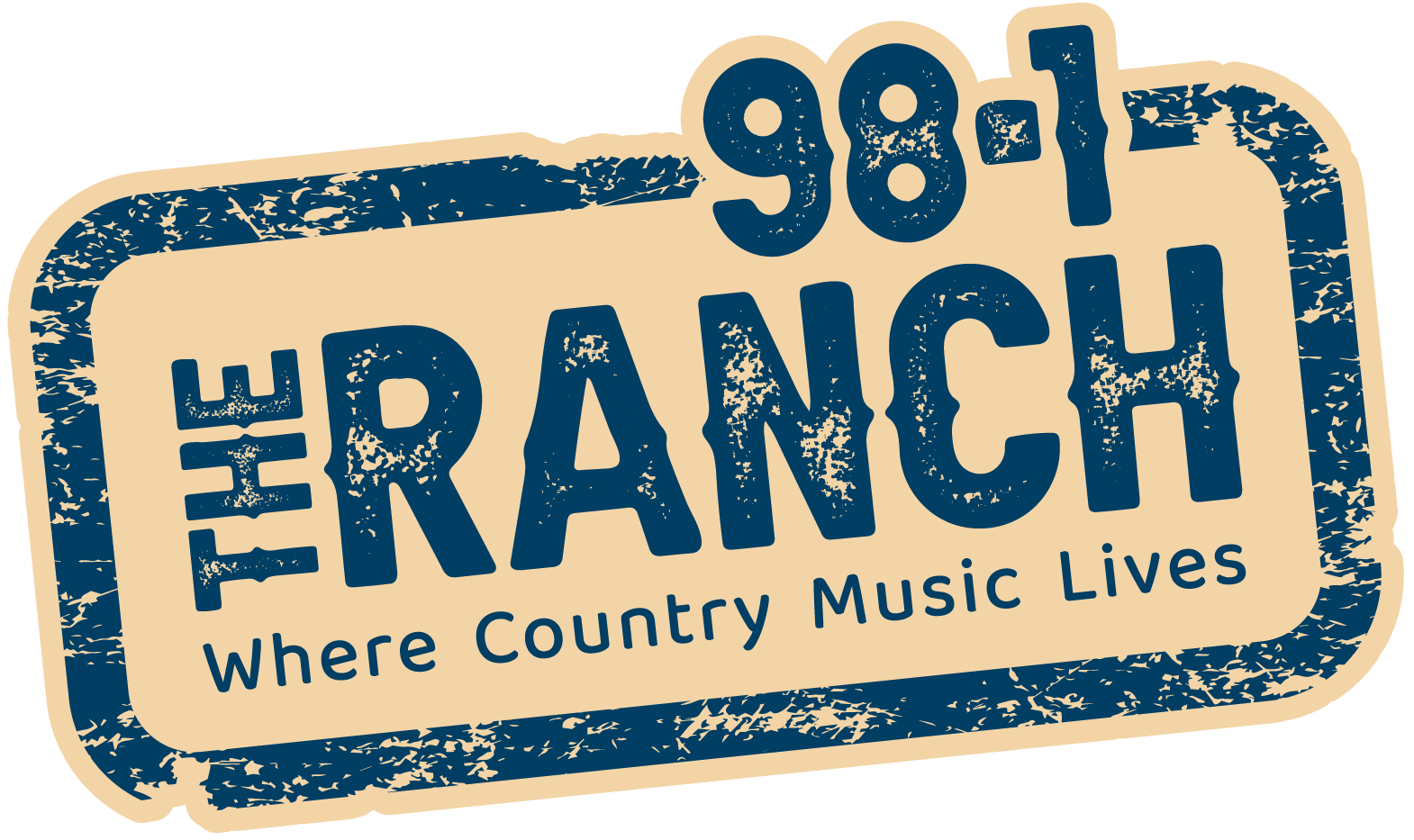Albertans can participate in one of the world’s largest community science projects this weekend. The annual Great Backyard Bird Count enlists enthusiasts to observe birds in their communities and help experts track the health of local bird populations.
Participants document their findings through a service called eBird, which can be used on a dedicated app or just a web browser. Over the four days, people participating are asked to go outside for at least 15 minutes and document the birds they see. The event runs from Feb. 17 to Feb. 20.
“It’s important because it’s an opportunity for people to get out, fall in love with birds, get motivated about conservation and all the while collecting important data for bird conservation,” said Sean Feagan, media and communications coordinator for Nature Conservancy Canada (NCC). “It doesn’t really matter where you go. It can be your own literal backyard or it could be your favorite natural area.”
He added the NCC welcomes residents to go to local conservation sites to track birds, as it will help the organization with data collection.
The project was started by the Cornell Lab of Ornithology, National Audubon Society and Birds Canada. Last year, more than 384,000 people in 192 different countries participated in the project. More than 57,000 lists of birds were submitted in Canada.
“This is an excellent example of big data — it’s a large number of people collecting a large amount of data and together that cumulative provides a really robust data set so it is a pretty unique platform for that reason,” Feagan said. “The more people you have participating, the more resolution you’ll have in terms of what’s really happening out there in the natural world.”
Last year, the Cornell Lab of Ornithology released maps showing how the relative abundance of more than 500 bird species had changed and Feagan said the project helps to create this data.
Their are resources on the project’s website for anyone who wants to participate, but may not be confident in identifying bird species.




